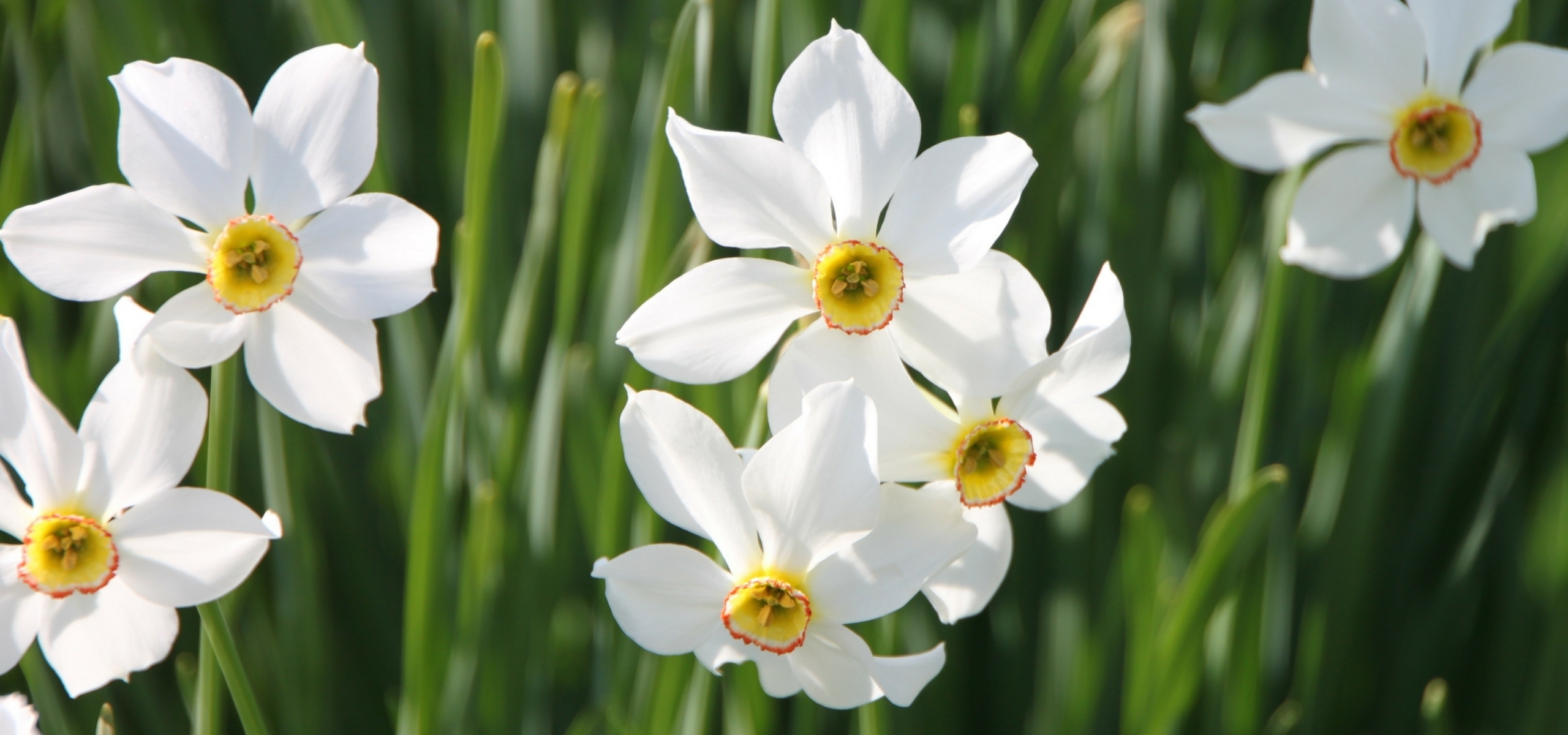
Planting spring bulbs late
It's possible!
Contents
Spring-flowering bulbs, such as daffodils, tulips, and hyacinths are perfect for enhancing the garden as the nice weather returns! The best time to plant them is in autumn, in September-October. However, sometimes the calendar moves faster than expected, and the bulbs are still waiting for their place in the ground as autumn is already coming to an end. No need to panic! Planting your bulbs late can still yield very beautiful results, provided you take a few precautions. Most varieties can easily be planted until the end of November, or even December. Discover all our tips for successfully planting late in the garden!
Our tips for successful late planting
If you find yourself planting spring bulbs late, here are some recommendations to maximise your chances of success:
- Consider your climate: The further south you are, in regions where winter is mild, the more feasible late planting becomes. In these areas, bulbs can still establish themselves in late autumn, or even early winter. However, in mountainous regions or very cold areas, planting in December or later is risky, as the soil may freeze solid, preventing the bulbs from properly establishing.
- Choose late-flowering varieties: Some bulbs tolerate late planting better, especially those that flower later in spring. Among them, alliums, lilies, and eremurus are more tolerant: their planting remains possible until January, provided the soil is not frozen.
- Plant as soon as you receive them: Bulbs should not be left waiting! In autumn, ambient moisture can cause them to rot, especially if they are stored in damp or poorly ventilated places. Plant them quickly upon arrival to prevent deterioration. The sooner they are in the ground, the better they will withstand the elements.
- Don’t fear the weather: Cold, rain, and even snow are not a problem for autumn bulbs, which are designed to withstand winter’s harshness. Unlike young plants or seedlings, they can cope with these conditions without issue.
- Don’t dismiss already sprouted bulbs: If some bulbs show small shoots, it doesn’t mean they are unusable. As long as the germination is not too advanced, they can still develop well. Just handle them carefully to avoid breaking the delicate young shoots during planting.
- Prepare the soil properly: To give your late plantings a boost, ensure the soil is well-drained and sufficiently loosened. Heavy, waterlogged soil can increase the risk of rot, particularly for late plantings. If necessary, add a bit of sand or gravel to the bottom of the planting hole to improve drainage.
Read also
Bulb sizes: how to choose?What are the consequences of late planting?
When planting bulbs late in the season, two effects may occur:
- A delay in flowering: A bulb planted late takes longer to develop and flower. For a planting done at the end of November, you can expect a delay in flowering of about two weeks compared to a planting carried out during the recommended periods (generally September to mid-October).
- A shorter flowering period in the first year: The flowering of bulbs planted late tends to be a bit shorter in the first year. The bulb has not had enough time to fully root before the cold arrives, which can limit the energy available to produce a long and abundant flowering. However, this phenomenon is temporary: by the second year, the bulb will have settled in and will return to a more regular and sustainable flowering cycle.
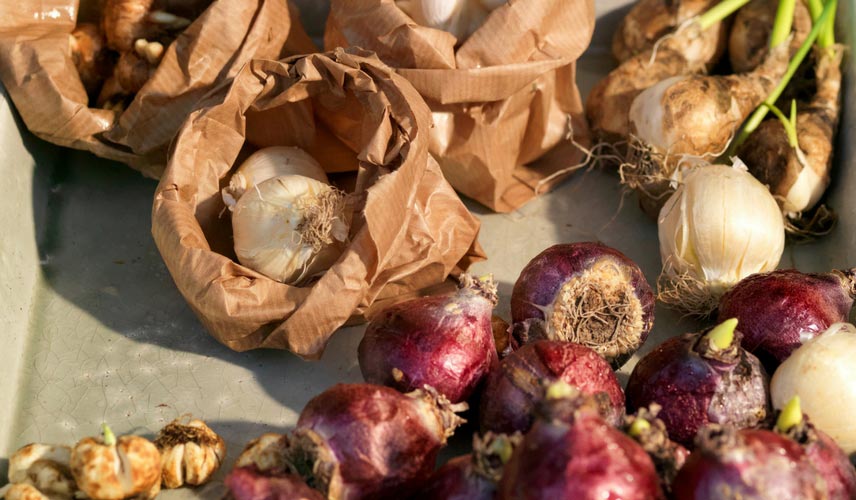
Discover other Spring bulbs
View all →Available in 1 sizes
Available in 1 sizes
Available in 1 sizes
Available in 1 sizes
Available in 1 sizes
Available in 1 sizes
Available in 1 sizes
Available in 1 sizes
Available in 0 sizes
Available in 1 sizes
- Subscribe!
- Contents































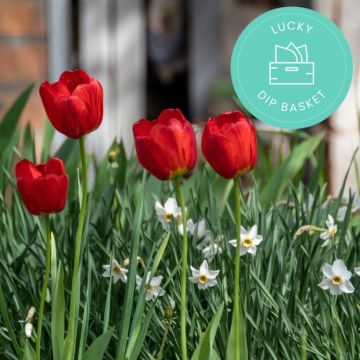
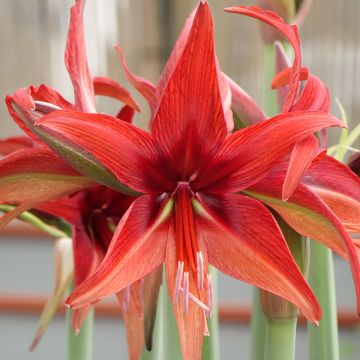
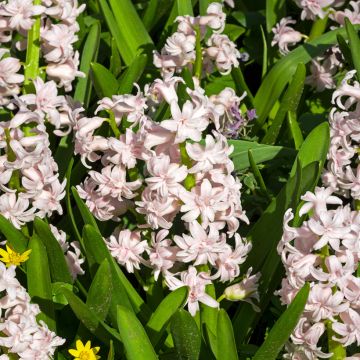
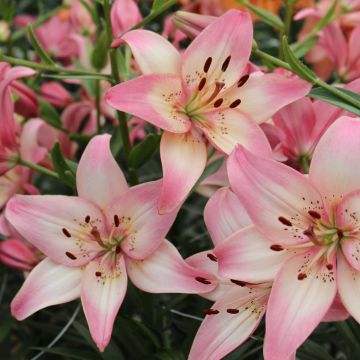

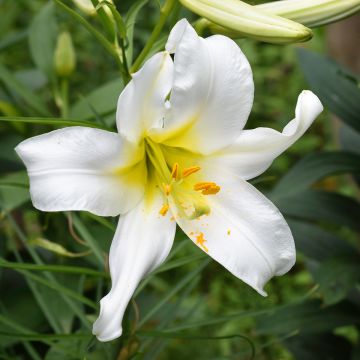

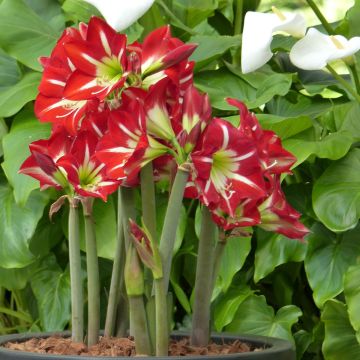
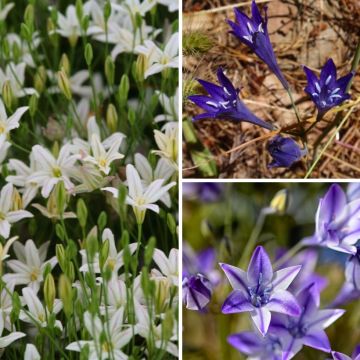
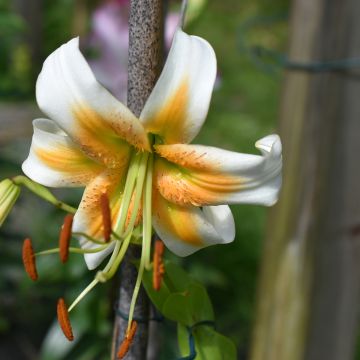
Comments